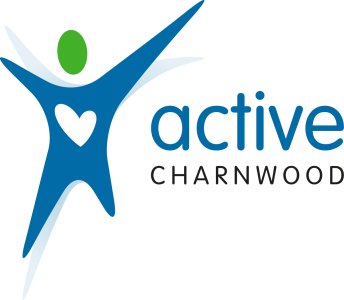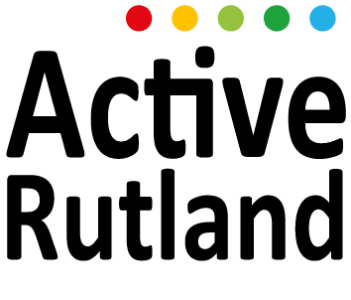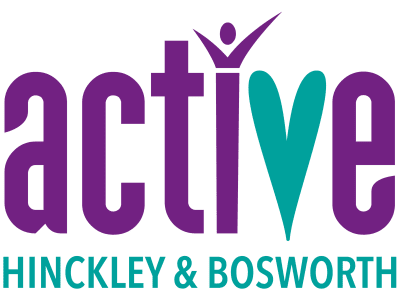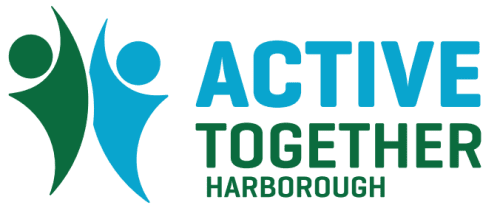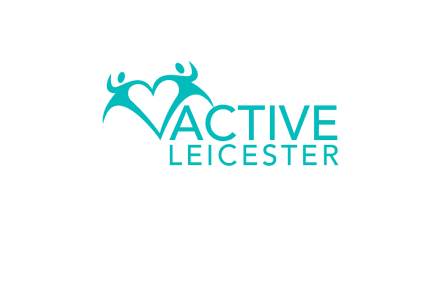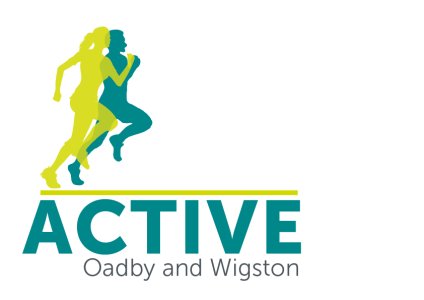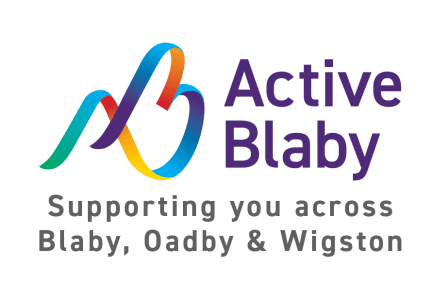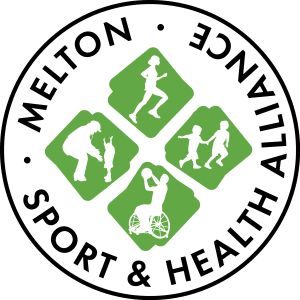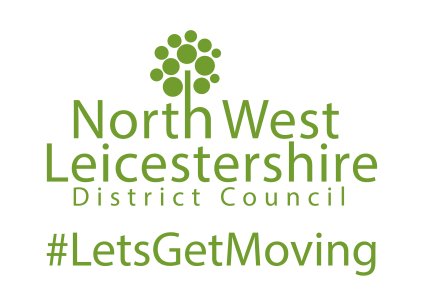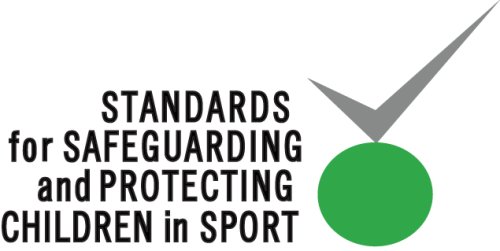
We are here to help you find the right information to help you move a little more during and after your pregnancy. If you've got a specific question take a look at our FAQs section to hopefully find your answer there.
This page will provide advice on physical activity and ways to move more during pregnancy or after your little one has arrived.
New or Expectant Mum?
If you are pregnant or have recently had your baby, head over to the Active Mums Club for advice, information and, sessions and myth busting around physical activity for you
Activity Advice During Pregnancy
Being active throughout your pregnancy has many benefits. It can help to reduce blood pressure, help prevent pregnancy Are you pregnant and need some advice? Now you're pregnant, being active will boost your health – it's good for your unborn baby, too. It can also help get your body ready for giving birth and being a new mum.
Aim to be active for 150 minutes of moderate intensity activity per week. Moderate intensity means your heart rate increases, but you can still hold a conversation. Aim for strength and balance exercise on 2 days a week.
It's safe to be active - there is no evidence of harm for pregnant women or their babies.
Your activity levels during pregnancy should reflect your activity pre-pregnancy. If currently inactive, try starting gradually with low impact and low intensity activities. Always listen to your body and adapt activities accordingly.
Don't bump the bump

Take a look at the Physical Activity for Pregnant Women Leaflet for more ideas and tips!

Physical Activity For Pregnant Women
-
Tommy's Activity During Pregnancy
People may tell you that pregnancy is a good time to put your feet up. If your pregnancy is uncomplicated it is actually much healthier for you and your baby to exercise while pregnant
Activity Advice after Giving Birth
Have you given birth and need some advice? If you've had a straightforward birth, you may start gentle activity as soon as you feel up to it, e.g. walking, gentle stretches, pelvic floor exercises and deep stomach exercises. After the 6-8 week postnatal check and depending on how you feel, moderate intensity activities can gradually resume over a minimum period of at least 3 months. After this, and in the absence of any issues, more intense activities can resume such as running.
Post-natal women should aim to be active for 150 minutes of moderate intensity activity per week. Moderate intensity means your heart rate increases, but you can still hold a conversation. Aim for strength and balance exercise on 2 days a week.
Being active after childbirth can help:
- Improve overall fitness
- Improve muscle tone and strength
- To boost energy
- Me time! Reduce anxiety and depression
Every movement matters

Take a look at the Physical Activity for Women after Childbirth Leaflet for more ideas and tips!

Physical Activity For Women After Childbirth
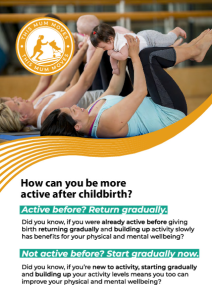 Being Active After Childbirth (PDF, 774 Kb)
Being Active After Childbirth (PDF, 774 Kb)Join the thousands of women finding ways to be active after childbirth and let us know what activities work for you!
-
Being active during your pregnancy and after childbirth can work wonders for your physical and mental health – it’s all about finding what activities work for you!
-
Find Your Active. Check out our activity-based resources packed with advice and top tips to support you on your active journey through pregnancy and beyond
Frequently asked questions
The Legal Bit
You're performing the exercises linked from our website at your own risk.
Whilst every effort has been made to verify the information on the Active Pregnancy pages, Active Together is not responsible for the accuracy or content of external websites. Whilst taking part in physical activity, participants should ensure they take part at a level which is appropriate to them and their health and are responsible for ensuring they check the credentials and health and safety requirements for each activity. It is recommended that participants follow the Chief Medical Officers Guidelines for physical activity. Participants will choose to utilise these links and take part in activities at their own risk.






